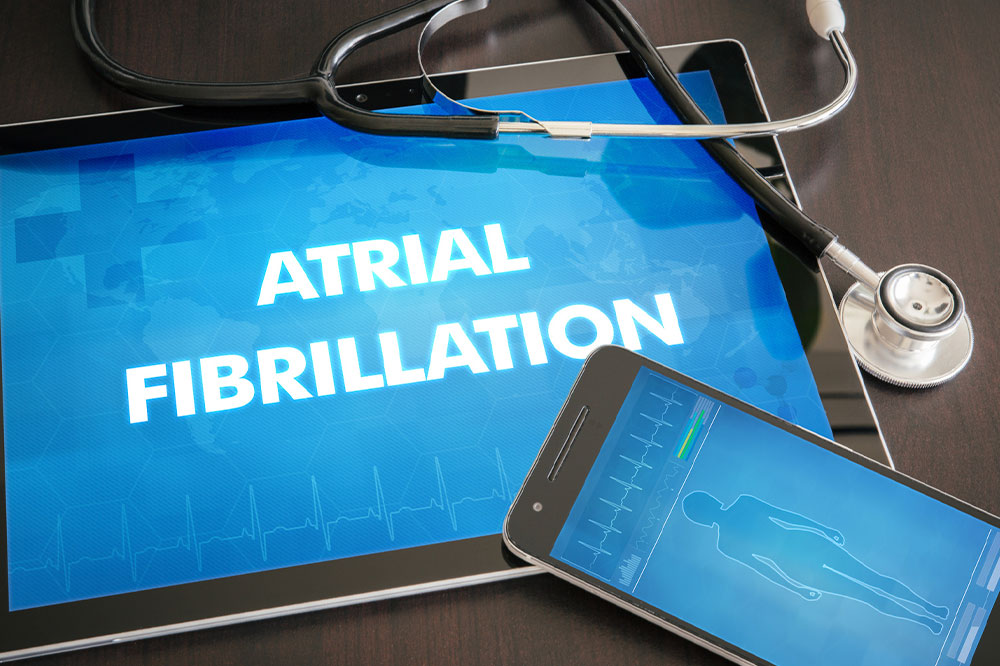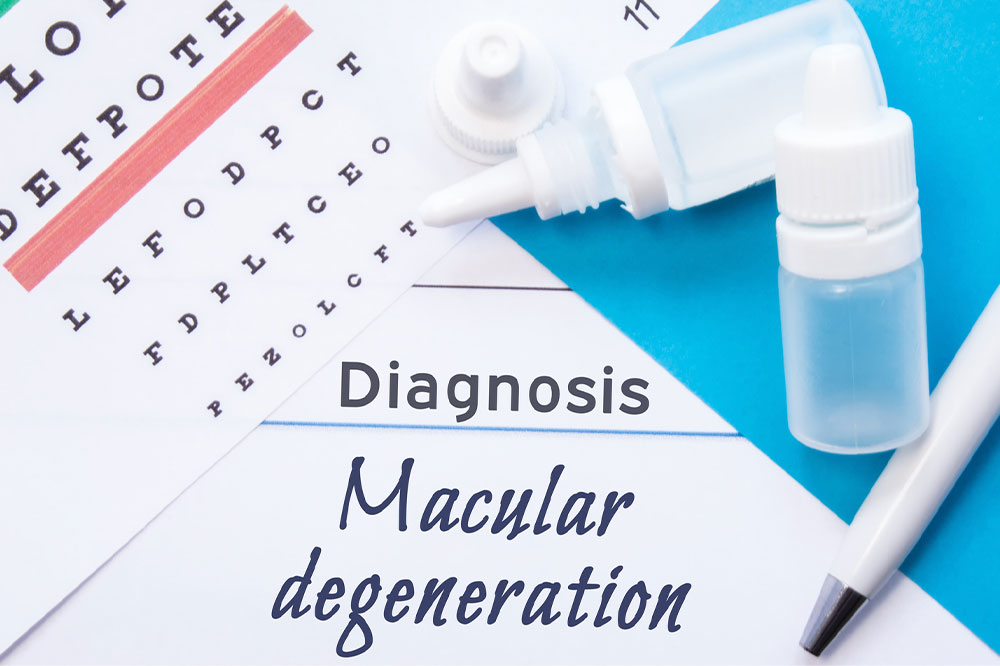
Tardive dyskinesia – Causes, symptoms, and management
Tardive dyskinesia (TD) is a complex neurological disorder characterized by involuntary and repetitive movements of various body parts, most commonly the face, neck, and trunk. These abnormal movements often occur as a side effect of certain treatments. Other factors can contribute to its development as well. It has a multitude of causative factors. Understanding these causes is vital for healthcare providers and individuals alike, ultimately aiming to mitigate the impact of this challenging neurological disorder.
Treatment-induced tardive dyskinesia
The primary and most widely acknowledged cause of tardive dyskinesia is the prolonged use of certain treatment options. These treatments are typically prescribed to manage psychiatric conditions like schizophrenia, bipolar disorder, and severe depression. Unfortunately, while they can be effective in treating these conditions, long-term use can lead to the development of TD.
Other risk factors
While treatment use is the dominant cause, several additional risk factors can contribute to an individual’s susceptibility to tardive dyskinesia:
- Age: Older adults are at a higher risk of developing TD. This may be due to age-related changes in brain structure and function, making them more vulnerable to treatment effects.
- Genetics: Genetic factors can influence an individual’s likelihood of developing TD. Some people may have a genetic predisposition that makes them more susceptible when exposed to triggering treatment options.
- Duration of treatment usage: The longer an individual takes the treatment with the potential to cause TD, the greater their risk. This makes it crucial for healthcare providers to regularly evaluate the necessity of continued medication and explore possible alternatives.
- Treatment type: These include treatment options for nausea, vomiting, and other gastrointestinal issues.
Symptoms of tardive dyskinesia
Recognizing the symptoms of TD is crucial for early diagnosis and intervention, which can help manage the condition more effectively. Exploring its symptoms helps show what individuals and healthcare providers should watch out for.
- Involuntary facial movements: One of the hallmark signs of TD is the presence of involuntary facial movements. These movements can manifest in various ways, and they are as follows:
- Grimacing: Patients may exhibit grimacing, characterized by involuntary contractions of facial muscles. This can lead to awkward or contorted facial expressions.
- Lip smacking or puckering: Repetitive lip smacking, puckering, or pursing is another common symptom of TD. These movements can occur without the individual’s control.
- Tongue protrusion: Involuntary tongue movements, such as sticking the tongue out or thrusting it against the inside of the cheek, are frequent in TD cases.
- Blinking and eye movements: Uncontrollable blinking or rapid, irregular eye movements may occur, affecting vision and causing discomfort.
- Involuntary movements of the limbs: Tardive dyskinesia can also affect the limbs, causing repetitive and involuntary movements. These can include the following:
- Finger tapping: Individuals may exhibit rapid, repetitive tapping of the fingers against each other or another surface.
- Toe-tapping or foot shuffling: Involuntary toe-tapping or foot shuffling may occur, often resulting in difficulty walking or maintaining balance.
- Arm or leg jerks: Sudden jerking movements of the arms or legs can be a symptom of TD.
- Involuntary movements of the trunk and neck: In some cases, tardive dyskinesia extends to the trunk and neck, leading to the following:
- Twisting or turning of the trunk: Individuals may experience twisting or turning of the trunk, causing discomfort and postural difficulties.
- Neck movements: Involuntary neck movements, such as repetitive tilting or shaking, can be observed.
Other symptoms
Here are a few other symptoms to know about:
- Vocalization symptoms: TD can also affect vocalization, resulting in grunting, snorting, chirping, or whistling noises without the individual’s control.
- Interference with daily activities: One of the most challenging aspects of tardive dyskinesia is how it interferes with daily life. The involuntary movements and vocalizations associated with TD can disrupt speech, eating, and other essential activities. These disruptions often lead to significant social and emotional distress for individuals affected by TD.
Tardive dyskinesia presents a range of symptoms, primarily characterized by involuntary and repetitive movements affecting various body parts. Recognizing these symptoms, understanding the risk factors, and seeking early medical intervention are crucial to managing this challenging neurological disorder. Individuals experiencing these symptoms or healthcare providers working with such patients should prioritize a thorough evaluation to ensure an accurate diagnosis and effective management strategies.
Remedies to deal with tardive dyskinesia
While there is no definitive cure for TD, several remedies and strategies can help manage its symptoms and improve the quality of life for affected individuals. Various approaches are used to address TD, ranging from treatment adjustments to lifestyle changes and therapy.
- Lifestyle modifications: Lifestyle changes can also play a significant role in managing TD symptoms:
- Avoid triggering factors: Reducing or eliminating factors that exacerbate TD symptoms is crucial. These may include caffeine and illicit substances, which can worsen the condition.
- Stress management: Stress can exacerbate TD symptoms. Relaxation techniques such as deep breathing, meditation, or yoga can help individuals better cope with stress.
- Adequate sleep: Ensuring proper sleep hygiene and obtaining sufficient rest can positively impact TD symptoms.
- Physical and occupational therapy: Physical and occupational therapy can be valuable components of TD management. Physical therapy focuses on improving muscle control and mobility, while occupational therapy helps individuals develop strategies to cope with TD-related challenges in daily life.
- Support groups and counseling: Living with TD can be emotionally challenging. Joining support groups or seeking counseling can provide individuals and their families with valuable emotional support and coping strategies. Sharing experiences with others facing similar challenges can reduce feelings of isolation and improve overall well-being.
- Regular follow-ups: Maintaining regular follow-up appointments with a healthcare provider is essential. Monitoring the progression of TD and adjusting treatment strategies as needed ensures that the condition is effectively managed over time.
It’s important to recognize that what works best for one person may not be as effective for another. Therefore, an individualized approach to TD management is crucial. Healthcare providers should work closely with individuals to tailor treatment plans to their specific needs and preferences.
While tardive dyskinesia may not have a definitive cure, several remedies and strategies can help manage its symptoms and improve the quality of life for those affected. The key lies in early diagnosis, regular monitoring, and a multidisciplinary approach that addresses TD’s physical and emotional aspects. With the right combination of treatments and support, individuals with TD can lead fulfilling lives while effectively managing their condition.




